Home>Furniture & Design>Outdoor Furniture>How To Waterproof Outdoor Tiles
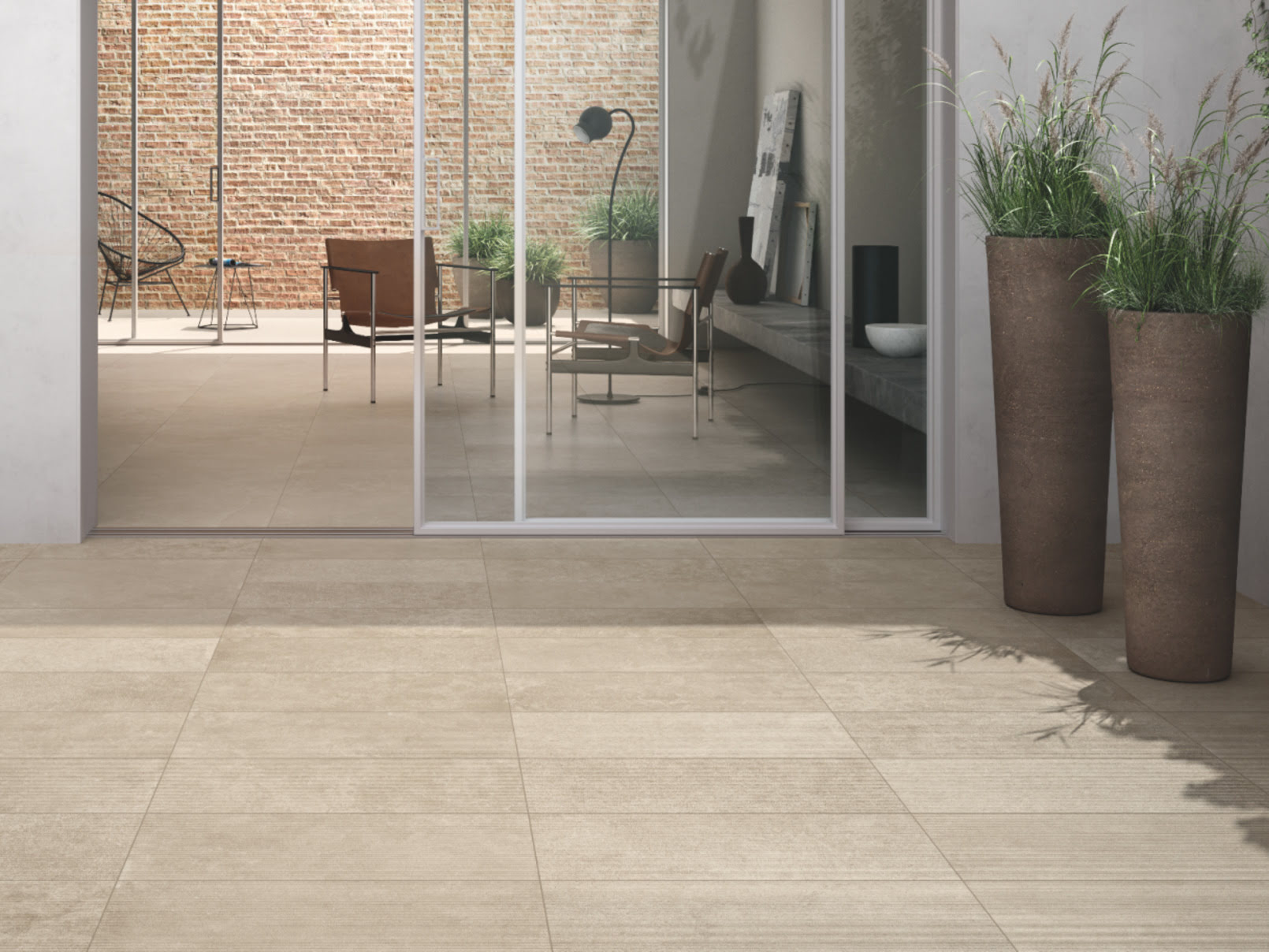

Outdoor Furniture
How To Waterproof Outdoor Tiles
Modified: February 18, 2024
Learn how to waterproof outdoor tiles to protect your outdoor furniture and design. Discover effective tips and techniques for long-lasting protection.
(Many of the links in this article redirect to a specific reviewed product. Your purchase of these products through affiliate links helps to generate commission for Storables.com, at no extra cost. Learn more)
**
Introduction
**
When it comes to creating a stunning outdoor space, the choice of tiles plays a pivotal role in both aesthetics and functionality. Outdoor tiles are exposed to the elements, enduring rain, sun, and even snow, which can lead to wear and tear over time. To safeguard the longevity and beauty of your outdoor tiles, waterproofing is essential. In this comprehensive guide, we will delve into the art of waterproofing outdoor tiles, exploring the importance of this process, the selection of suitable products, the preparatory steps, the application of waterproofing sealants, and the maintenance of waterproofed tiles. By the end of this journey, you will be equipped with the knowledge and confidence to ensure that your outdoor tiles remain resilient, visually appealing, and ready to withstand the elements. Let's embark on this enlightening exploration of outdoor tile waterproofing, where functionality meets style in perfect harmony.
Outdoor tiles are more than just a decorative element; they serve as the foundation of your outdoor living space. Whether you have a patio, deck, or outdoor kitchen, the tiles underfoot contribute to the overall ambiance and comfort of the area. However, without proper protection, these tiles are vulnerable to moisture infiltration, which can lead to a host of issues such as mold, mildew, discoloration, and structural damage. Waterproofing outdoor tiles is the proactive solution to fortify them against the relentless assault of nature, ensuring their resilience and preserving their visual allure for years to come.
In the subsequent sections, we will unravel the intricacies of waterproofing outdoor tiles, from understanding the significance of this process to the meticulous application of waterproofing sealants. Additionally, we will explore the nuances of selecting the right waterproofing products and the crucial preparatory measures that pave the way for a successful waterproofing endeavor. Furthermore, we will shed light on the post-waterproofing phase, emphasizing the significance of maintaining waterproofed outdoor tiles to prolong their lifespan and uphold their pristine appearance. Join us as we embark on this enlightening journey, where we unravel the secrets of safeguarding outdoor tiles against the formidable forces of nature.
**
Key Takeaways:
- Protecting outdoor tiles with waterproofing sealants safeguards them from water damage, preserving their beauty and durability for years to come. This ensures a resilient and visually appealing outdoor space.
- Choosing the right waterproofing products and maintaining the tiles through regular cleaning and reapplication of sealants prolongs their lifespan and upholds their charm, creating a timeless and functional outdoor sanctuary.
Read more: How To Waterproof Peel And Stick Tiles
Understanding the Importance of Waterproofing Outdoor Tiles
**
Outdoor tiles are the unsung heroes of your outdoor space, enduring foot traffic, weather fluctuations, and exposure to various elements. Without adequate protection, these tiles are susceptible to moisture penetration, which can lead to a myriad of issues such as cracking, staining, and deterioration of the underlying structure. Waterproofing outdoor tiles is not merely a matter of preserving their visual appeal; it is a fundamental step in fortifying their integrity and ensuring their longevity.
One of the primary adversaries of outdoor tiles is water. Rain, snow, and even dew can seep into unsealed tiles, causing them to absorb moisture and become a breeding ground for mold and mildew. This not only compromises the structural integrity of the tiles but also poses health risks and detracts from the aesthetics of the outdoor space. By waterproofing the tiles, you create a protective barrier that repels water, preventing it from seeping into the porous surface and wreaking havoc.
Moreover, outdoor tiles are often subjected to temperature variations, especially in regions with distinct seasons. This thermal expansion and contraction can exacerbate the effects of moisture infiltration, leading to cracks and fractures in the tiles. Waterproofing mitigates these risks by minimizing the impact of moisture and temperature fluctuations, thereby safeguarding the tiles against damage and preserving their pristine condition.
Additionally, waterproofing outdoor tiles contributes to the overall structural integrity of the outdoor area. By preventing water from permeating the tiles and reaching the underlying substrate, you shield the foundation from potential water-induced deterioration. This proactive approach not only enhances the durability of the tiles but also safeguards the structural components, such as concrete or wood, against moisture-related degradation.
Beyond functionality, the aesthetic appeal of outdoor tiles is significantly enhanced through waterproofing. Sealed tiles are more resistant to discoloration, efflorescence, and staining, maintaining their original beauty and luster despite exposure to environmental elements. Whether you have natural stone, porcelain, or ceramic tiles, waterproofing preserves their color vibrancy and texture, ensuring that your outdoor space exudes timeless elegance.
Understanding the importance of waterproofing outdoor tiles is paramount in preserving the investment you’ve made in your outdoor living space. By proactively addressing the vulnerabilities of outdoor tiles and fortifying them against moisture and environmental factors, you ensure that they remain a source of beauty, comfort, and durability for years to come.
**
Choosing the Right Waterproofing Products
**
When embarking on the journey of waterproofing outdoor tiles, the selection of the right products is a critical step that significantly influences the effectiveness and longevity of the waterproofing process. With a myriad of waterproofing products available in the market, ranging from sealants to membranes, it is essential to discern the specific needs of your outdoor tiles and the environmental factors they are exposed to. Let’s explore the key considerations and options for choosing the most suitable waterproofing products for your outdoor tiles.
One of the primary factors to consider when selecting waterproofing products is the material of the outdoor tiles. Whether you have natural stone, ceramic, porcelain, or concrete tiles, each material has distinct characteristics that influence the choice of sealants or waterproofing membranes. For instance, natural stone tiles may require a breathable sealant to allow moisture vapor to escape, while ceramic or porcelain tiles might benefit from a penetrating sealant that provides robust protection against water intrusion.
Another crucial consideration is the environmental conditions to which the outdoor tiles are exposed. If your location experiences heavy rainfall or prolonged periods of moisture, opt for waterproofing products with high water repellency and durability. Conversely, in arid climates with intense sun exposure, UV-resistant sealants are essential to prevent degradation and discoloration of the tiles.
Furthermore, the application method and ease of maintenance are pivotal factors in choosing the right waterproofing products. Some sealants require multiple coats and meticulous application, while others offer single-coat convenience. Additionally, consider the longevity of the product and its resistance to abrasion, foot traffic, and cleaning agents to ensure long-term efficacy and minimal upkeep.
When it comes to waterproofing outdoor tiles, the choice between penetrating sealers and topical sealers is a significant consideration. Penetrating sealers impregnate the pores of the tiles, offering robust protection without altering the natural appearance or texture. On the other hand, topical sealers form a protective layer on the surface of the tiles, providing enhanced water resistance and stain repellency. Understanding the distinct benefits of each type of sealer is essential in making an informed decision that aligns with the specific requirements of your outdoor tiles.
Additionally, for areas with high foot traffic or vehicular movement, consider waterproofing membranes that offer exceptional durability and resistance to mechanical stress. These membranes provide a seamless, impermeable barrier that shields the tiles from moisture and physical wear, making them ideal for driveways, pathways, and outdoor entertainment areas.
By carefully evaluating the material, environmental exposure, application method, and specific requirements of your outdoor tiles, you can make an informed choice when selecting waterproofing products. Whether you opt for breathable sealants for natural stone tiles or UV-resistant topical sealers for porcelain tiles, the right products will fortify your outdoor tiles against moisture infiltration and ensure their enduring beauty and functionality.
**
Preparing the Tiles for Waterproofing
**
Before embarking on the process of waterproofing outdoor tiles, meticulous preparation is paramount to ensure optimal adhesion and effectiveness of the waterproofing products. Proper preparation not only enhances the longevity of the waterproofing but also sets the stage for a seamless and durable application. Let’s delve into the essential steps for preparing the tiles, paving the way for a successful waterproofing endeavor.
The first step in preparing the tiles for waterproofing is thorough cleaning. Remove any dirt, grime, or existing sealants from the surface of the tiles using a suitable cleaner or degreaser. This preparatory cleaning eliminates contaminants that can hinder the adhesion of the waterproofing products, ensuring a clean and receptive surface for the subsequent application.
After cleaning, inspect the tiles for any cracks, chips, or imperfections that may compromise the integrity of the waterproofing. Address any structural issues by repairing or replacing damaged tiles, ensuring that the surface is uniform and free of vulnerabilities. Additionally, ensure that the grout lines between the tiles are in good condition, as they play a crucial role in preventing water infiltration and maintaining the integrity of the tiled surface.
Once the tiles are clean and structurally sound, it is essential to allow them to dry completely before applying the waterproofing products. Moisture trapped beneath the surface can impede the adhesion and performance of the sealants or membranes. Depending on the material and environmental conditions, this drying period may vary, and it is imperative to adhere to the manufacturer’s guidelines for optimal moisture content before proceeding with the waterproofing application.
Furthermore, consider the surrounding elements and adjacent structures when preparing the tiles for waterproofing. Protect any adjacent surfaces, such as walls, fixtures, or landscaping features, from inadvertent contact with the waterproofing products. Use masking tape, protective coverings, or barriers to safeguard these elements, ensuring that the waterproofing process is contained and focused on the designated tiled area.
For outdoor tiles in areas with joint movement, such as expansion joints or control joints, it is essential to address these areas before waterproofing. Utilize compatible joint fillers or sealants to accommodate the anticipated movement and prevent water intrusion through these vulnerable points. Properly sealed joints contribute to the overall effectiveness of the waterproofing system, enhancing its ability to withstand environmental stresses and fluctuations.
By meticulously preparing the tiles for waterproofing, you lay the groundwork for a successful and enduring protection of your outdoor tiles. From thorough cleaning and structural inspection to ensuring optimal moisture levels and addressing vulnerable joints, the preparatory steps are instrumental in fortifying the tiles against moisture infiltration and preserving their visual appeal and functionality for years to come.
**
To waterproof outdoor tiles, use a penetrating sealer specifically designed for outdoor use. Apply the sealer according to the manufacturer’s instructions to protect the tiles from water damage.
Applying the Waterproofing Sealant
**
As you embark on the transformative journey of waterproofing your outdoor tiles, the application of the waterproofing sealant marks a pivotal phase that determines the efficacy and longevity of the protective barrier. Whether you opt for penetrating sealers, topical sealers, or waterproofing membranes, the meticulous application of the chosen sealant is essential to fortify the tiles against moisture infiltration and environmental stresses. Let’s unravel the essential steps and best practices for applying the waterproofing sealant, ensuring that your outdoor tiles are safeguarded with precision and care.
Prior to applying the waterproofing sealant, carefully read and adhere to the manufacturer’s instructions and recommendations. Familiarize yourself with the specific requirements of the chosen sealant, including the ideal application conditions, coverage rates, and curing times. This foundational understanding sets the stage for a successful application and maximizes the effectiveness of the waterproofing process.
Begin the application process by ensuring that the tiles are clean, dry, and free of any contaminants that may compromise the adhesion of the sealant. Depending on the type of sealant and the material of the tiles, consider conducting a small test application in an inconspicuous area to assess the compatibility and the desired outcome before proceeding with the full application.
When applying penetrating sealers, utilize a suitable applicator, such as a brush, roller, or sprayer, to evenly distribute the sealer across the surface of the tiles. Ensure thorough coverage, allowing the sealer to penetrate the pores of the tiles and create a robust barrier against moisture without forming a visible film on the surface. Multiple coats may be necessary to achieve the desired level of protection, and it is essential to observe the recommended drying and curing intervals between coats.
For topical sealers, carefully follow the application guidelines to achieve an even and uniform coverage. Apply the sealer in thin, consistent coats, using a brush, roller, or sprayer, and strive to avoid overlapping or puddling. Pay special attention to the edges and joints, ensuring that these critical areas receive adequate coverage to prevent water infiltration and maintain the integrity of the waterproofing system.
When working with waterproofing membranes, meticulously follow the manufacturer’s instructions for application techniques, including the use of appropriate tools and adhesives. Ensure that the membranes are seamlessly installed, free of wrinkles or air pockets, and that the overlaps are securely bonded to create an impermeable barrier that shields the tiles from moisture and environmental elements.
After the application of the waterproofing sealant, allow sufficient time for curing and drying as per the manufacturer’s recommendations. This critical phase ensures that the sealant achieves its full protective potential and forms a resilient barrier that fortifies the outdoor tiles against the relentless forces of nature.
By approaching the application of the waterproofing sealant with precision and adherence to best practices, you elevate the protection and resilience of your outdoor tiles, ensuring that they remain a source of enduring beauty and functionality in your outdoor space.
**
Maintaining Waterproofed Outdoor Tiles
**
After the meticulous process of waterproofing your outdoor tiles, the journey towards preserving their resilience and visual allure continues through proactive maintenance. Maintaining waterproofed outdoor tiles is essential to uphold their protective barrier, safeguard their integrity, and ensure their enduring beauty in the face of environmental elements and daily usage. Let’s explore the key practices and considerations for effectively maintaining waterproofed outdoor tiles, prolonging their lifespan and enhancing the charm of your outdoor living space.
Regular cleaning is a fundamental aspect of maintaining waterproofed outdoor tiles. Use a mild detergent or specialized tile cleaner and a soft-bristle brush or mop to remove dirt, debris, and organic stains from the surface of the tiles. Avoid harsh or abrasive cleaners that can compromise the integrity of the waterproofing sealant, and promptly address any spills or stains to prevent them from permeating the tiles.
Inspect the waterproofed tiles periodically to identify any signs of wear, damage, or areas where the protective barrier may have been compromised. Address any issues promptly, such as reapplying sealant to worn areas or repairing damaged tiles, to prevent moisture infiltration and preserve the effectiveness of the waterproofing system.
Reapply the waterproofing sealant as per the manufacturer’s recommendations and the specific requirements of the tiles and the environmental conditions. Over time, the protective barrier may diminish due to exposure to UV rays, foot traffic, and environmental factors, necessitating the reapplication of the sealant to fortify the tiles against moisture and maintain their resilience.
Pay attention to the grout lines between the tiles, as these areas are susceptible to moisture infiltration and staining. Periodically inspect and maintain the grout by applying a suitable grout sealer to enhance its water resistance and prevent discoloration or deterioration, contributing to the overall integrity of the waterproofed tiled surface.
Protect the waterproofed tiles from potential damage during maintenance activities or when moving furniture or heavy objects across the surface. Utilize furniture pads, protective mats, or other suitable safeguards to prevent scratches, abrasions, or impacts that can compromise the protective barrier and the visual appeal of the tiles.
Consider the surrounding landscape and elements that may impact the waterproofed tiles, such as overhanging trees, potted plants, or outdoor furniture. Trim vegetation, use saucers or protective bases for potted plants, and employ appropriate measures to prevent excessive moisture or organic debris from accumulating on the tiles, preserving their pristine condition and resilience.
By embracing these proactive maintenance practices, you ensure that your waterproofed outdoor tiles remain a testament to enduring beauty, functionality, and resilience in your outdoor space. With regular care and attention, the protective barrier of the waterproofing system is upheld, preserving the integrity and visual allure of the tiles for years to come.
**
Conclusion
**
As we conclude this enlightening exploration of waterproofing outdoor tiles, we emerge with a profound appreciation for the transformative impact of this essential process. Outdoor tiles serve as the foundation of our outdoor living spaces, elevating aesthetics, functionality, and comfort. However, their exposure to the elements renders them vulnerable to moisture infiltration, staining, and structural deterioration. Through the art of waterproofing, we fortify these tiles against the relentless forces of nature, ensuring their enduring beauty, resilience, and longevity.
Understanding the importance of waterproofing outdoor tiles unveils the critical role it plays in preserving the investment and visual allure of our outdoor spaces. By creating a protective barrier against moisture, temperature fluctuations, and environmental stresses, waterproofing safeguards the structural integrity and aesthetic appeal of outdoor tiles, ensuring that they remain a source of timeless elegance and functionality.
The journey of waterproofing outdoor tiles encompasses the meticulous selection of the right products, the thorough preparation of the tiles, the precise application of the waterproofing sealant, and the proactive maintenance of the protective barrier. Each phase of this journey is imbued with care, precision, and a commitment to preserving the integrity and beauty of the outdoor tiles, ensuring that they withstand the test of time and the elements.
As we embrace the responsibility of maintaining waterproofed outdoor tiles, we embark on a journey of attentive care and proactive preservation. Regular cleaning, periodic inspections, and the reapplication of the sealant contribute to the enduring resilience and visual allure of the tiles, ensuring that they remain a testament to enduring beauty and functionality in our outdoor spaces.
Ultimately, the art of waterproofing outdoor tiles transcends the realm of protection; it embodies a commitment to preserving the essence of outdoor living, where beauty, resilience, and functionality converge in perfect harmony. Through the application of this art, we fortify our outdoor tiles against the formidable forces of nature, ensuring that they remain a source of enduring beauty, comfort, and inspiration in our outdoor sanctuaries.
As we bid adieu to this immersive journey, let us carry forth the wisdom and insights garnered, embracing the art of waterproofing as a testament to our dedication to preserving the allure and resilience of our outdoor tiles. May our outdoor spaces continue to exude timeless elegance, comfort, and functionality, fortified by the transformative power of waterproofing.
Frequently Asked Questions about How To Waterproof Outdoor Tiles
Was this page helpful?
At Storables.com, we guarantee accurate and reliable information. Our content, validated by Expert Board Contributors, is crafted following stringent Editorial Policies. We're committed to providing you with well-researched, expert-backed insights for all your informational needs.
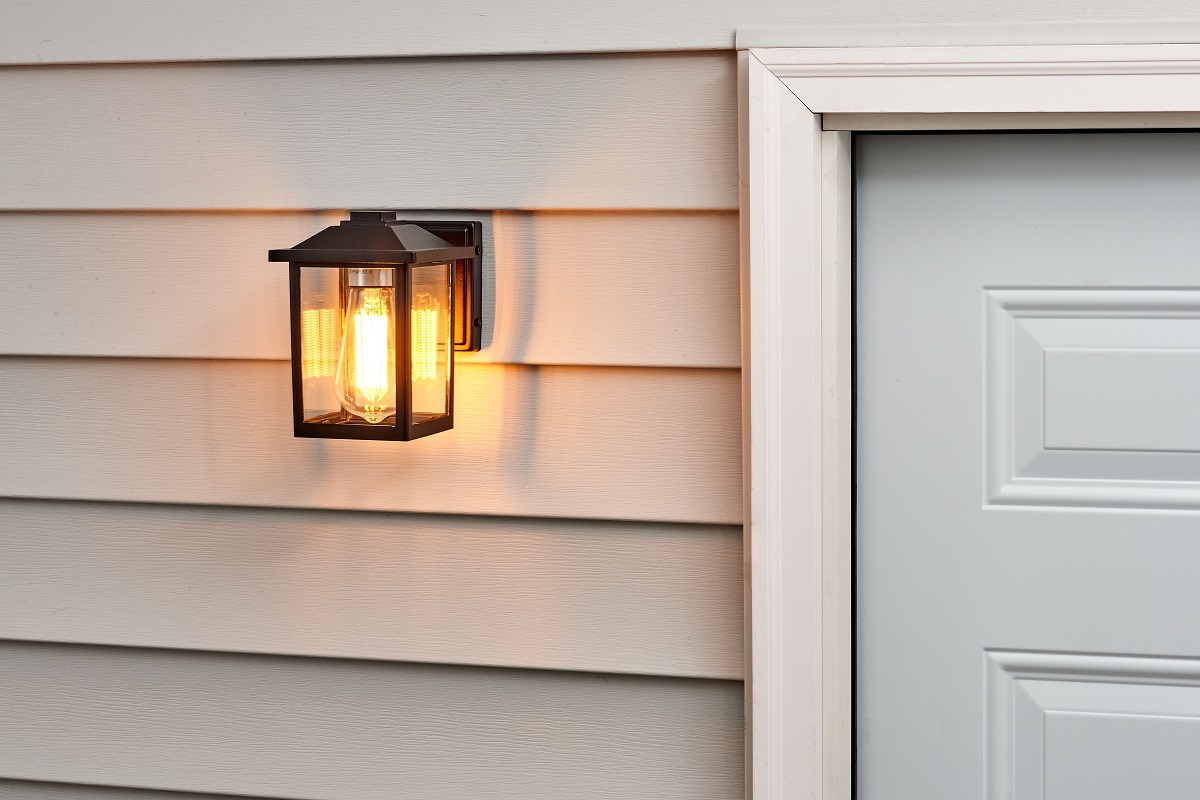
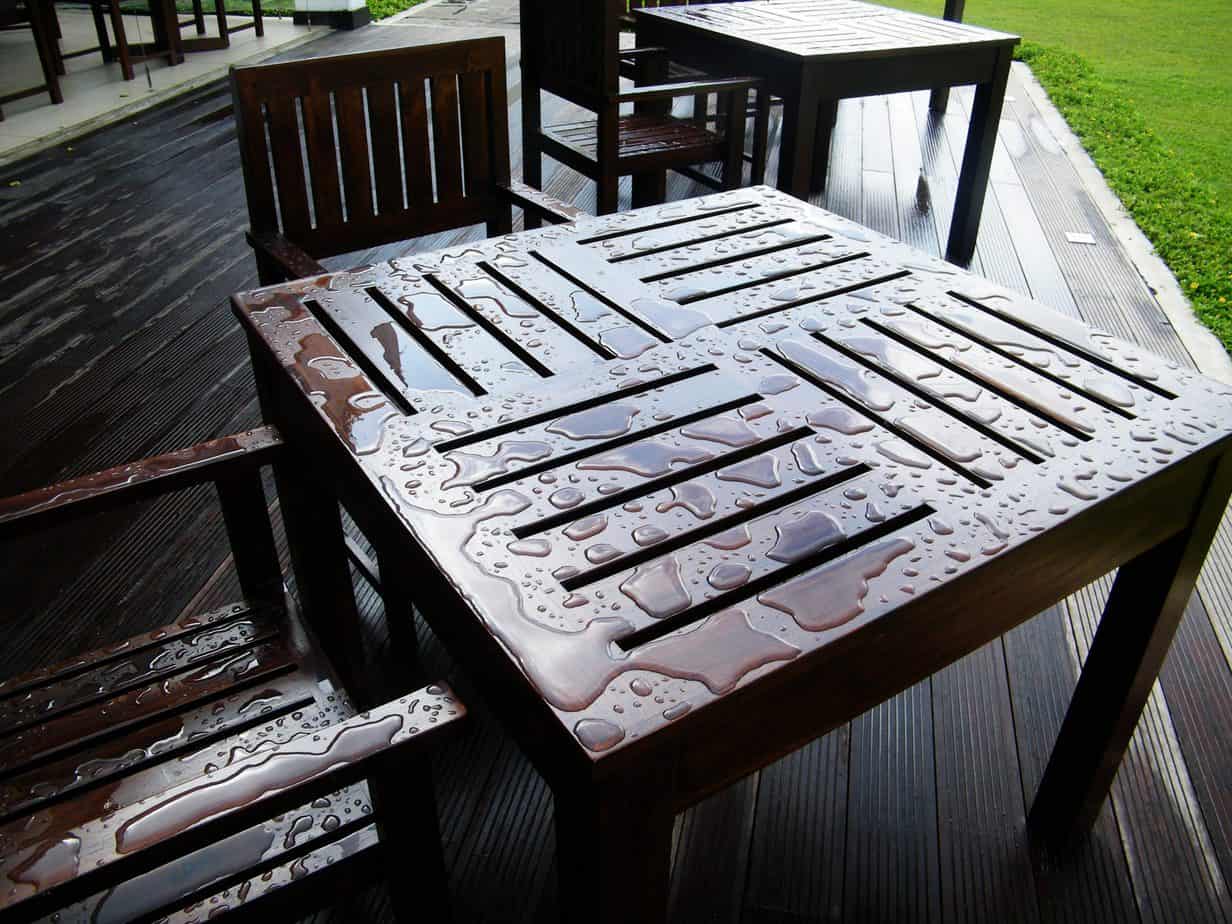
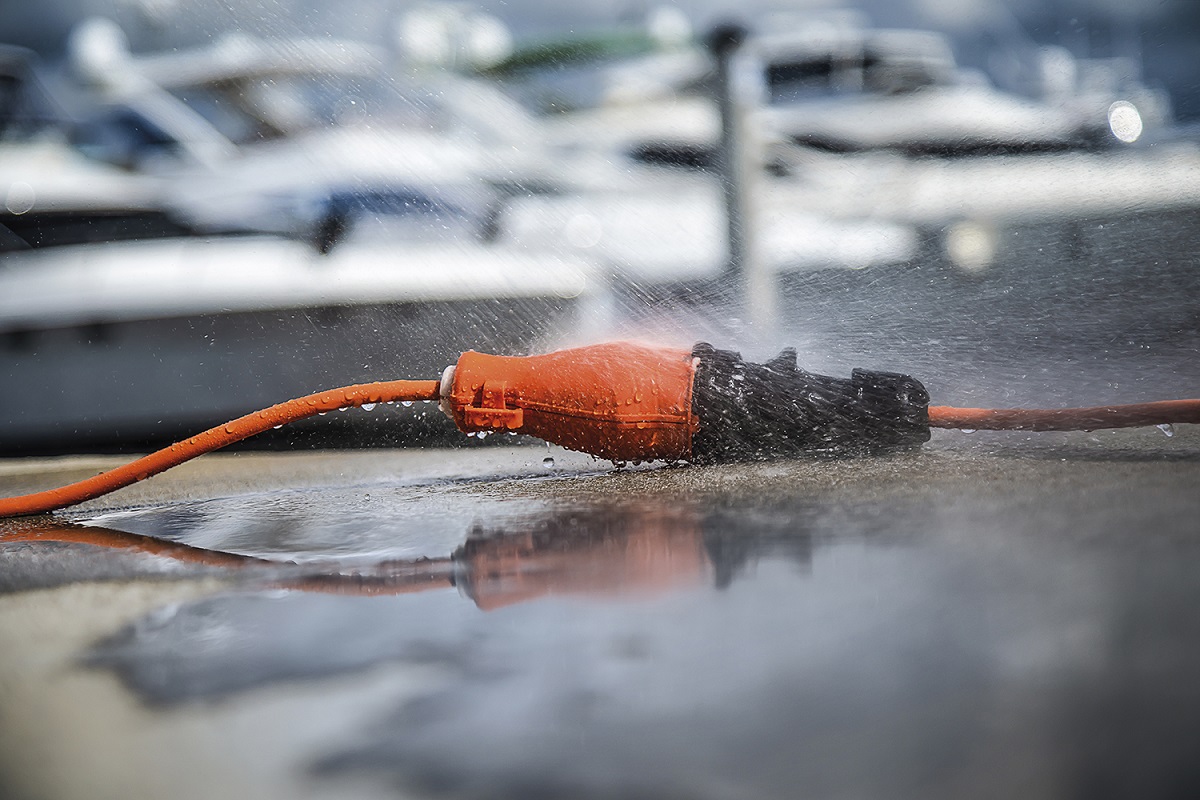
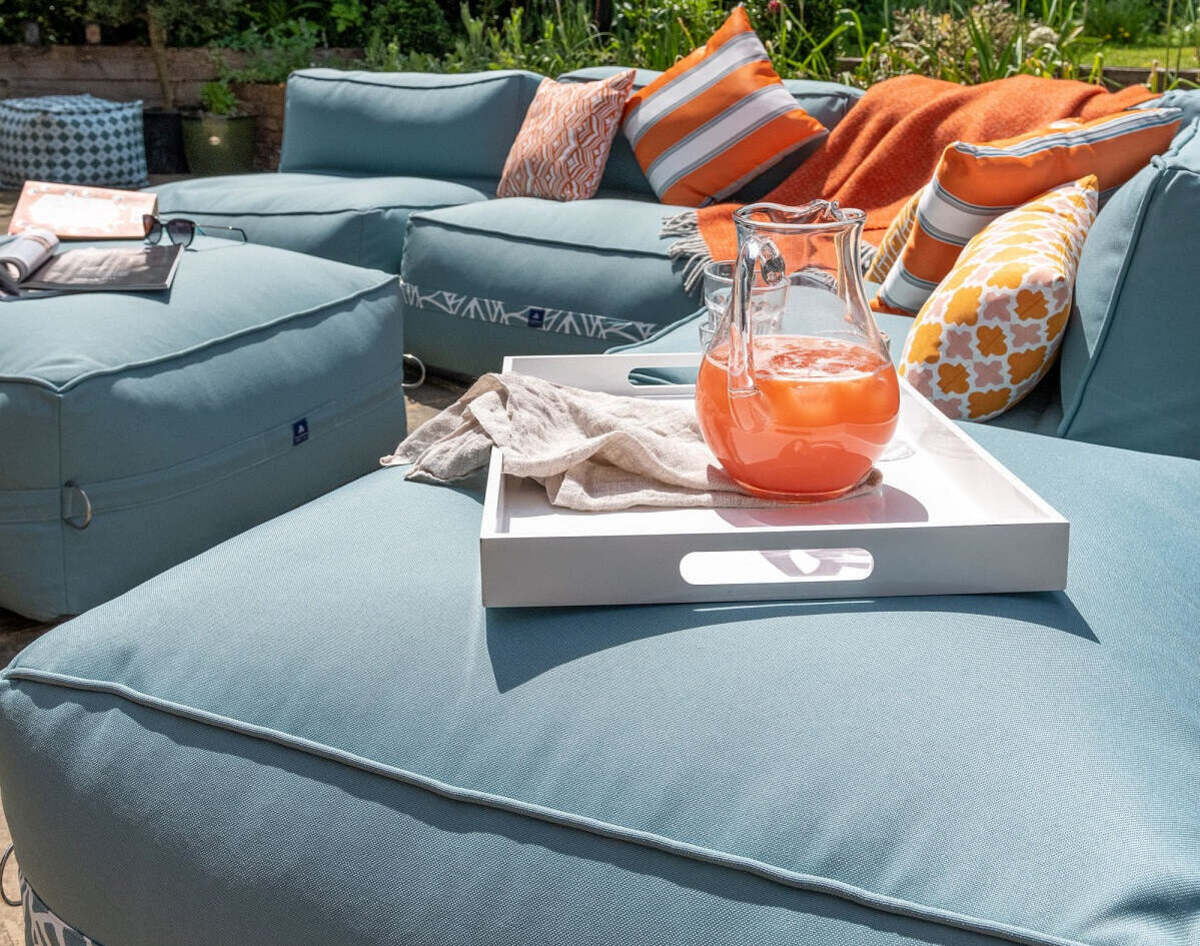
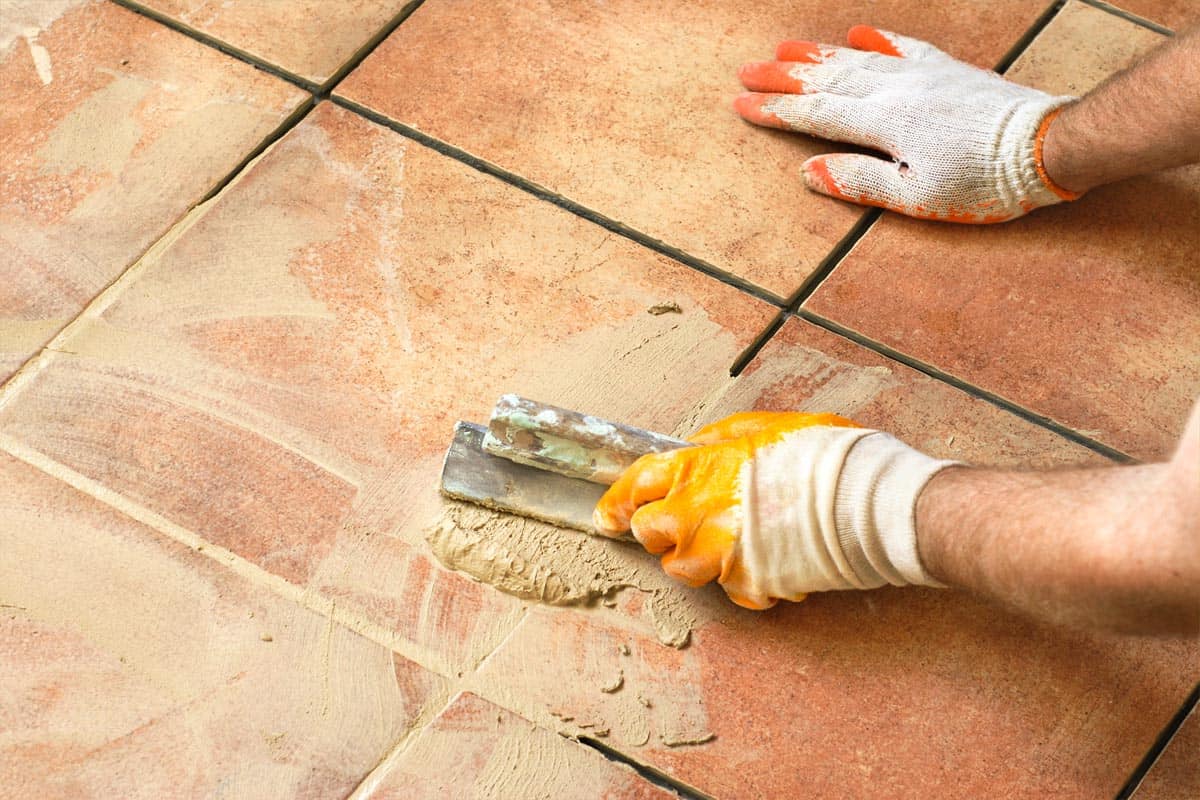
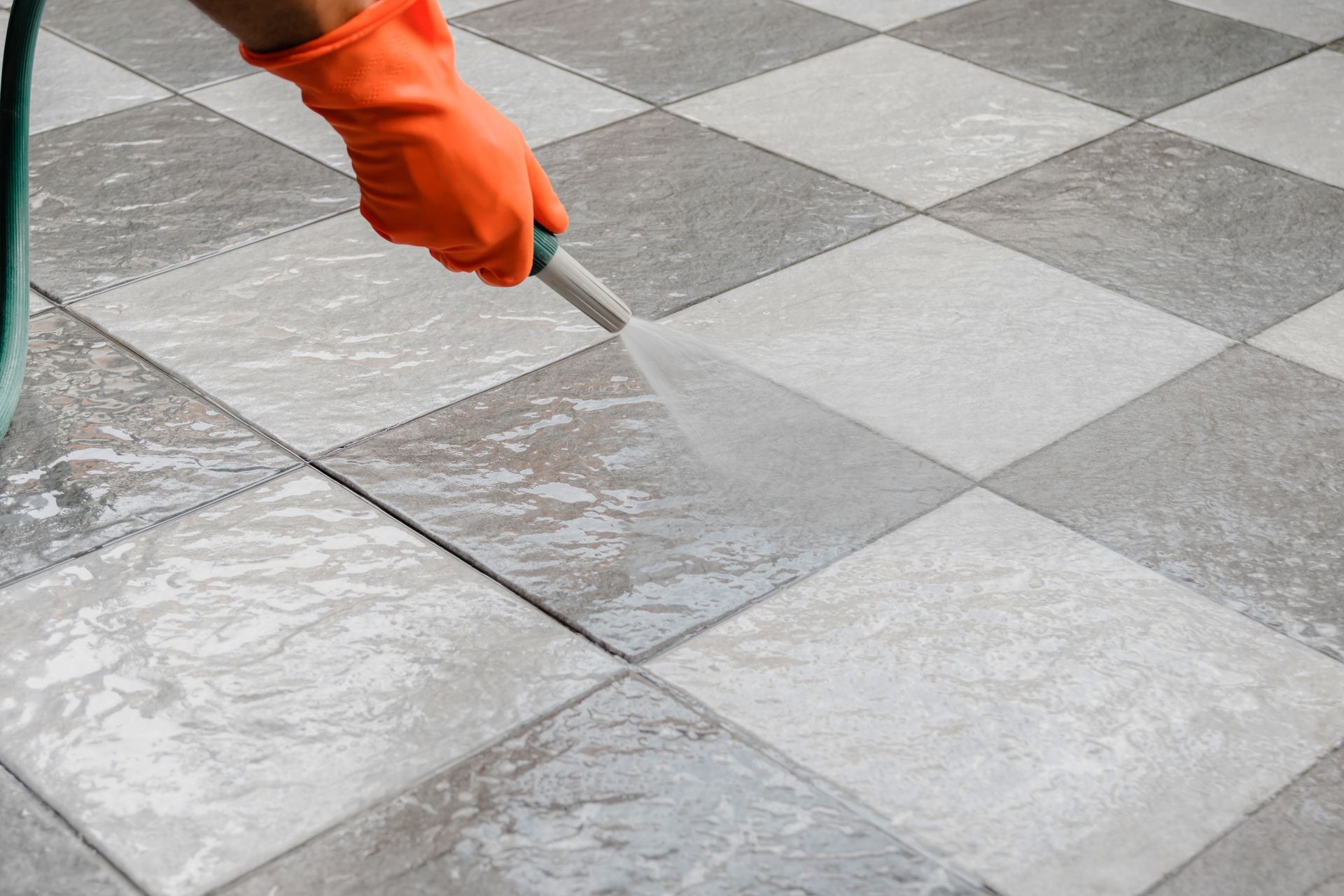
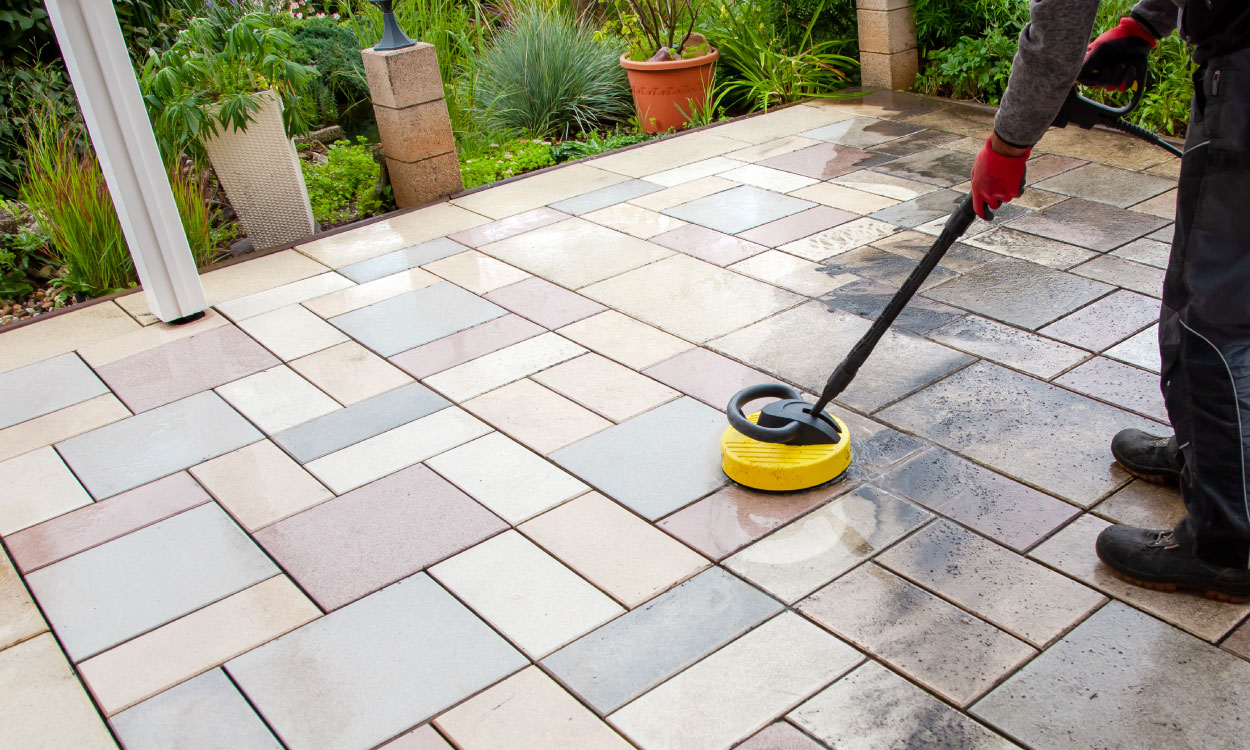
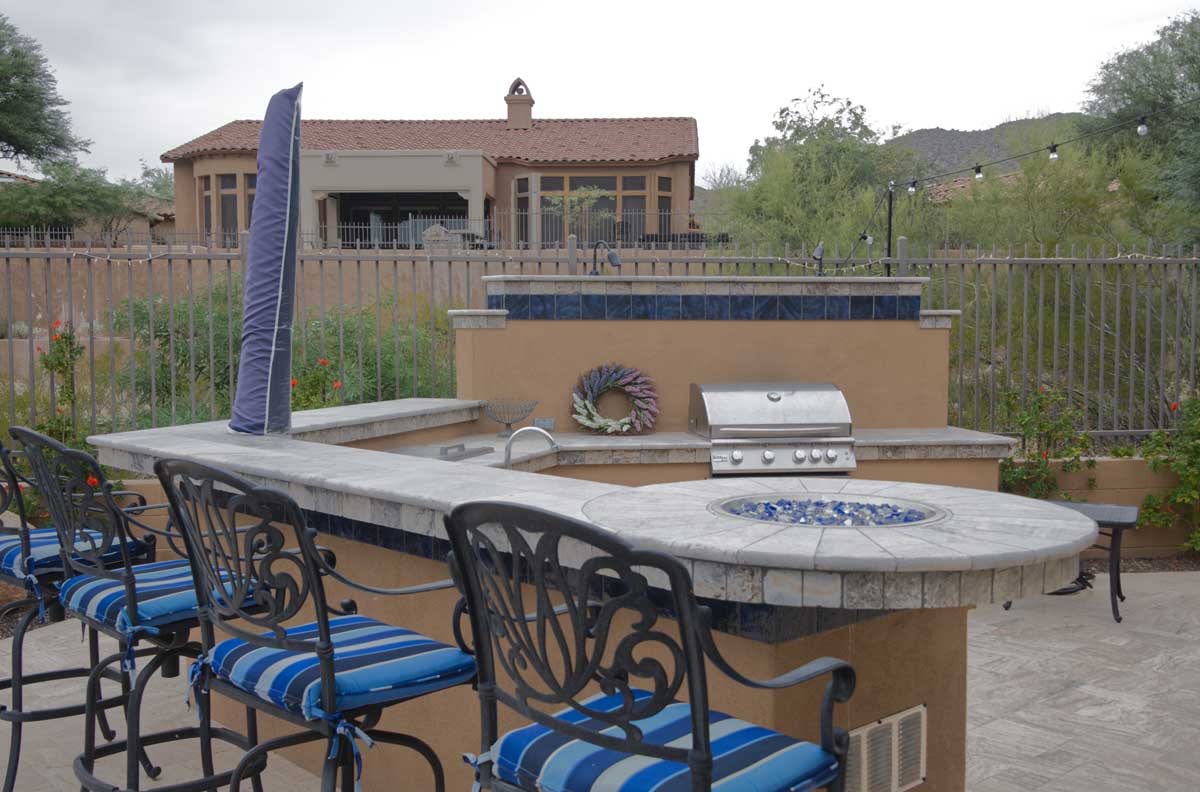
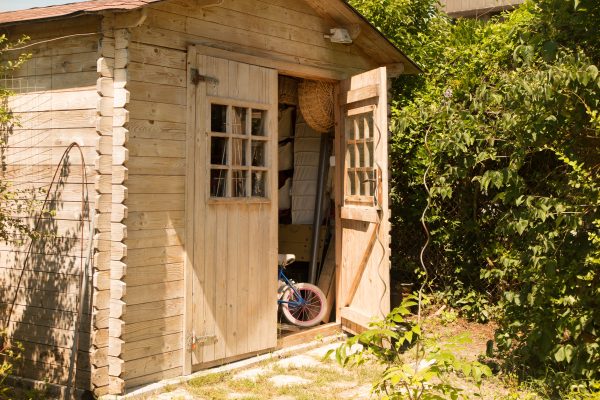
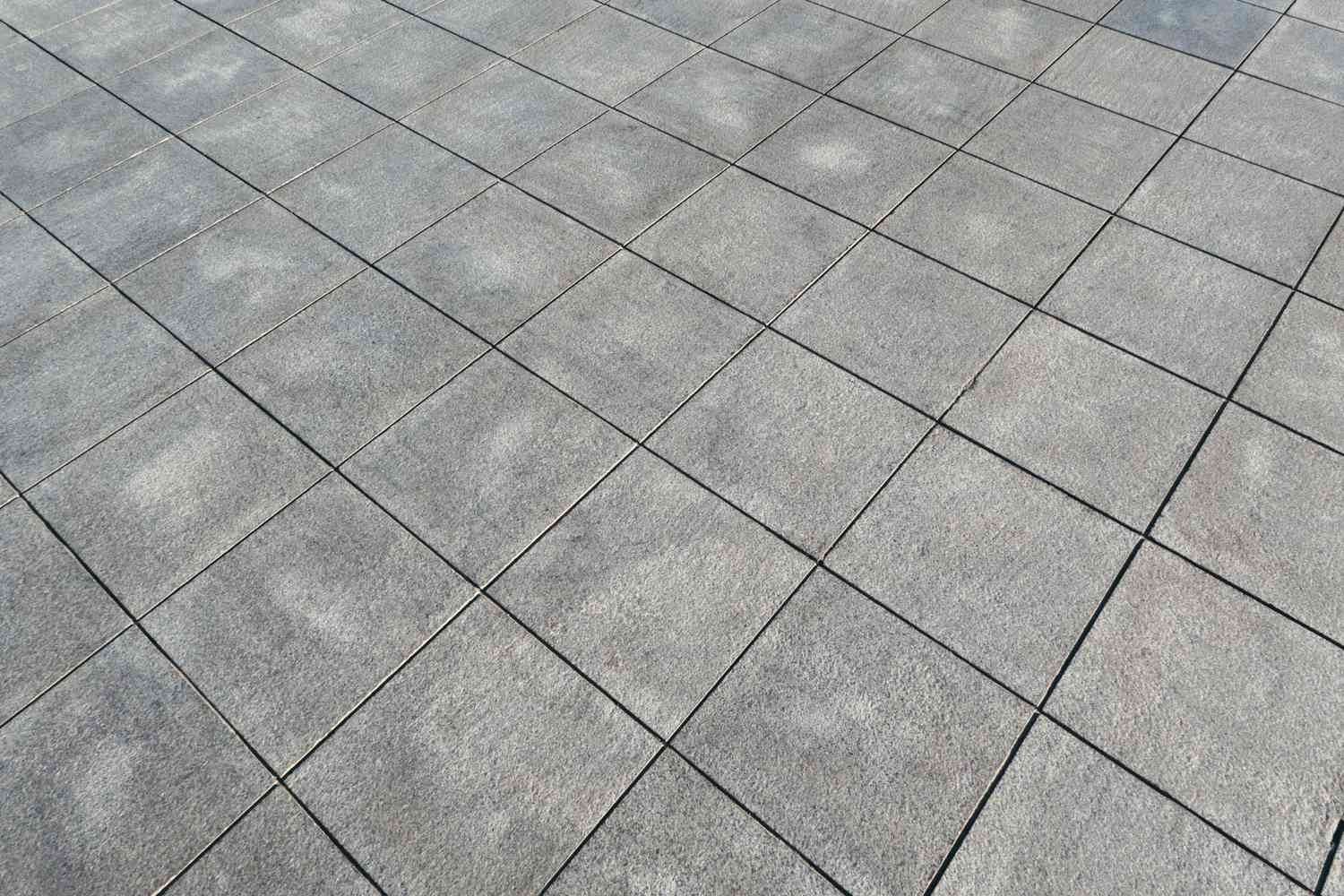
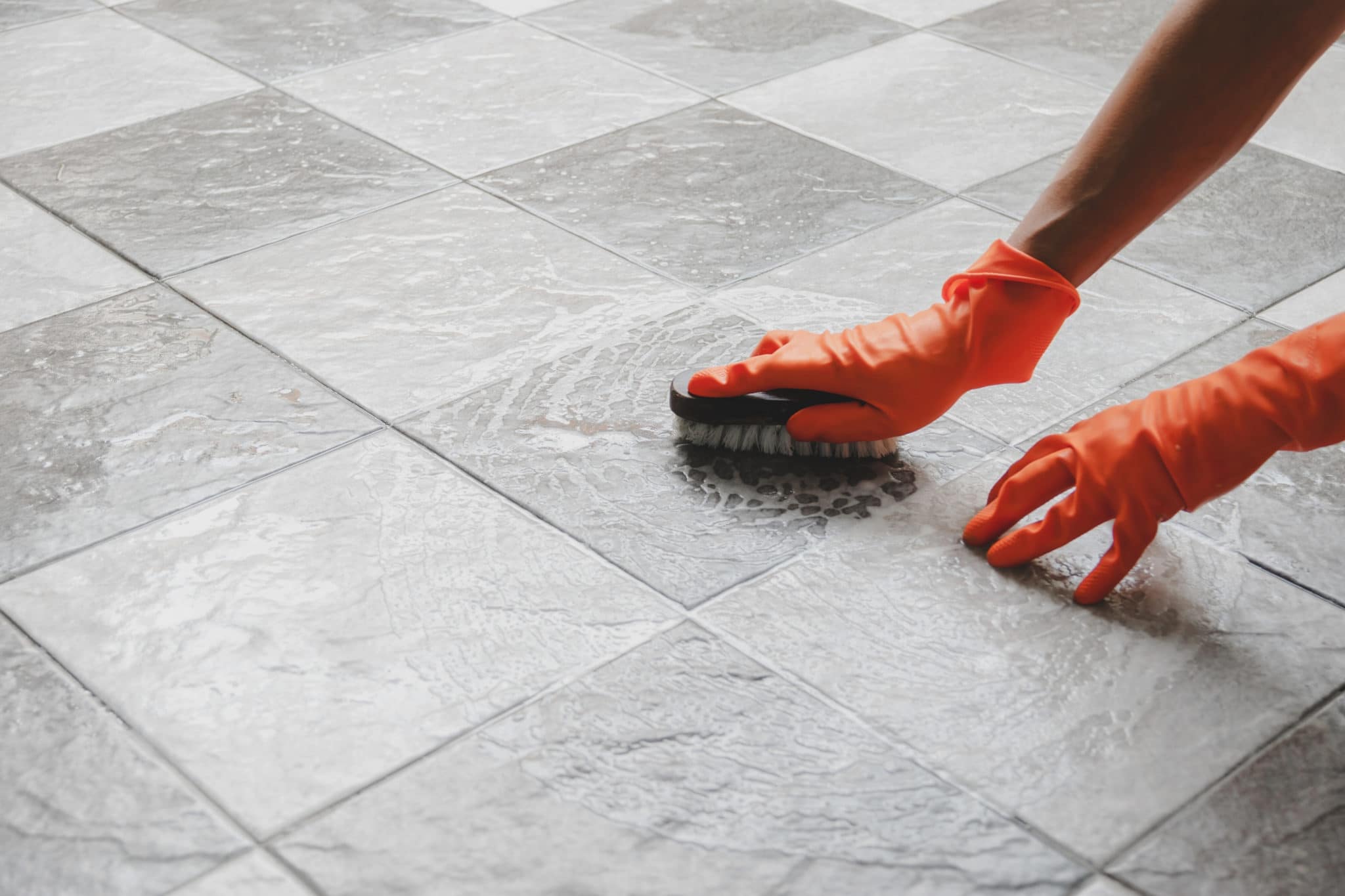
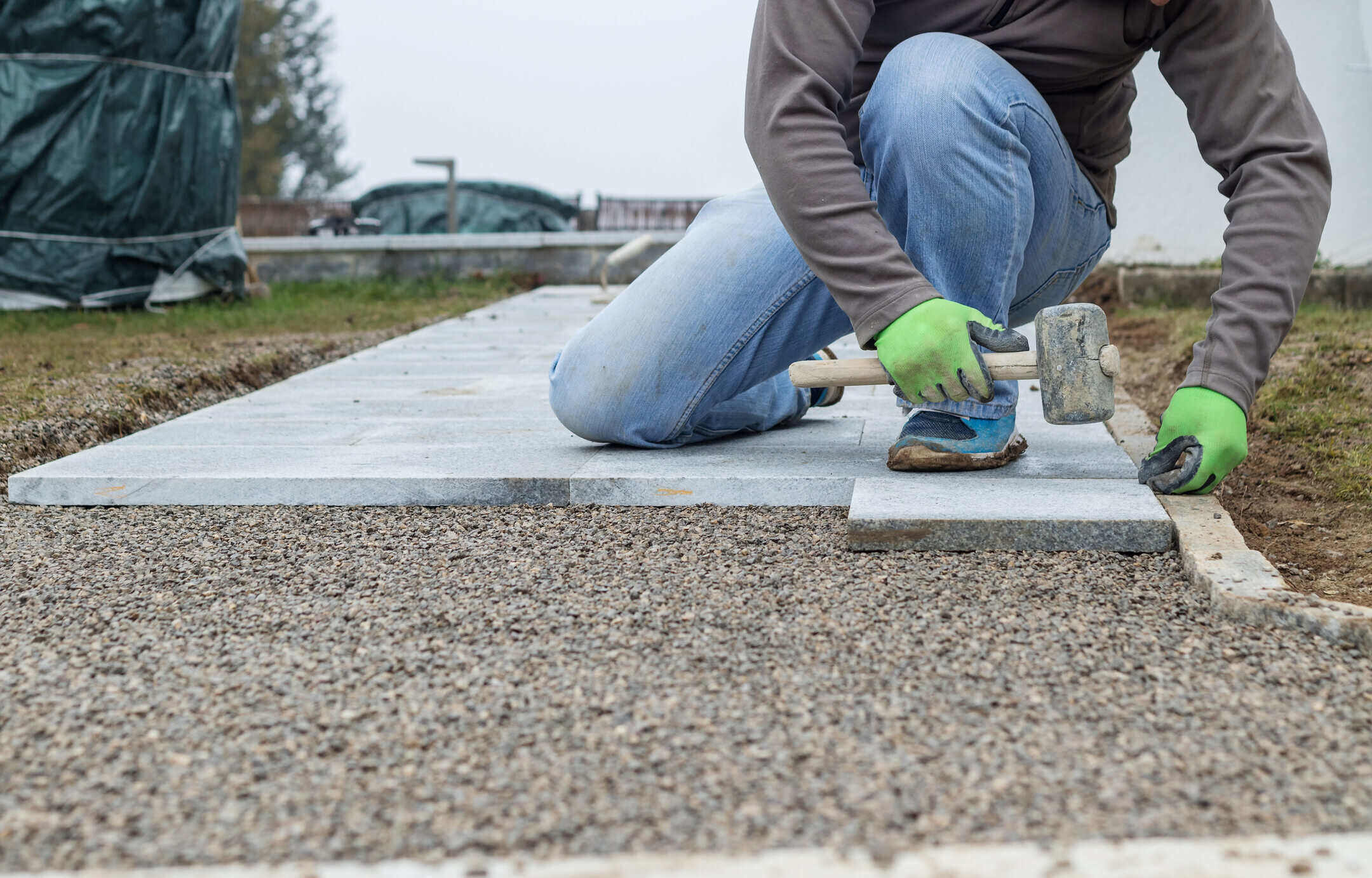
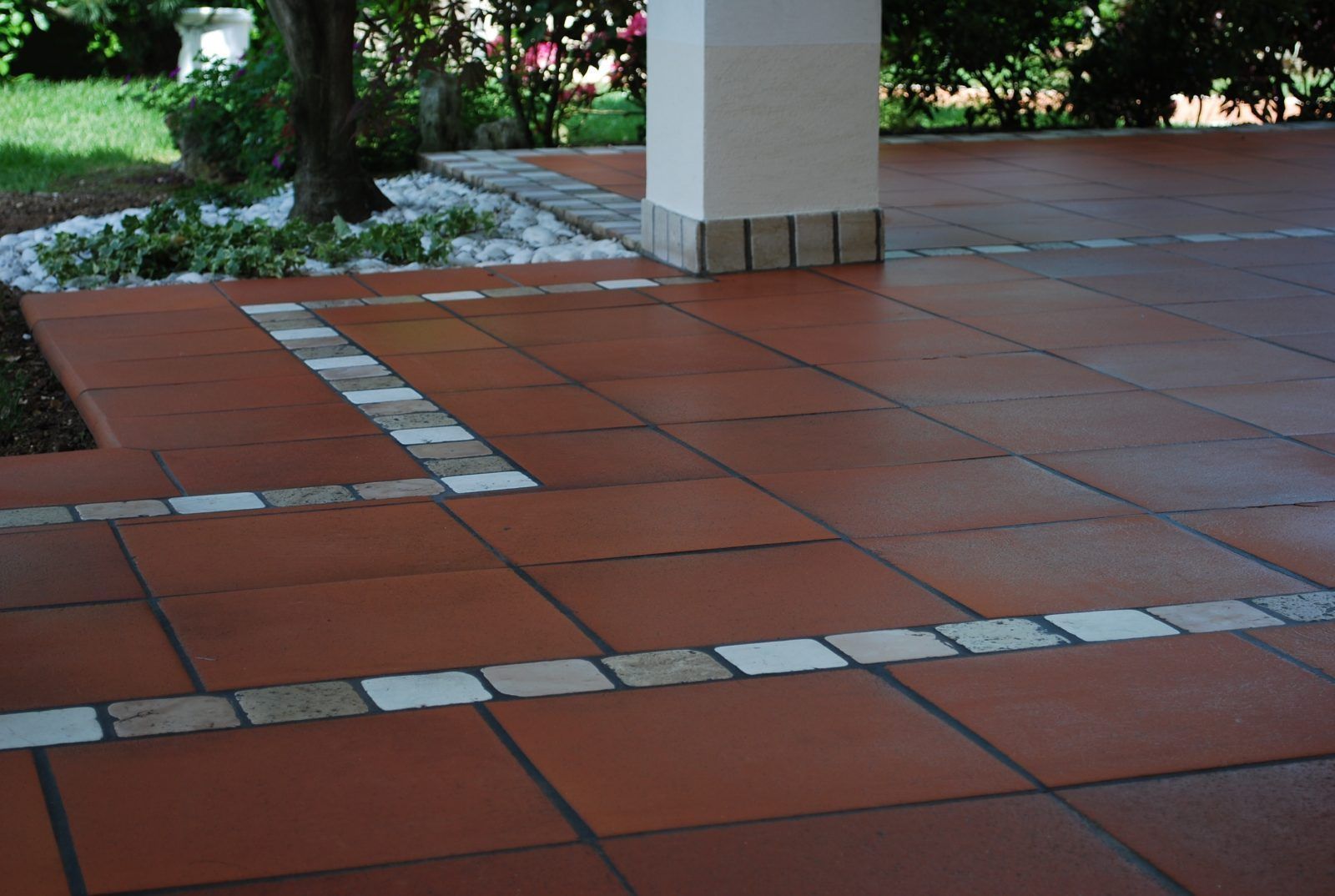
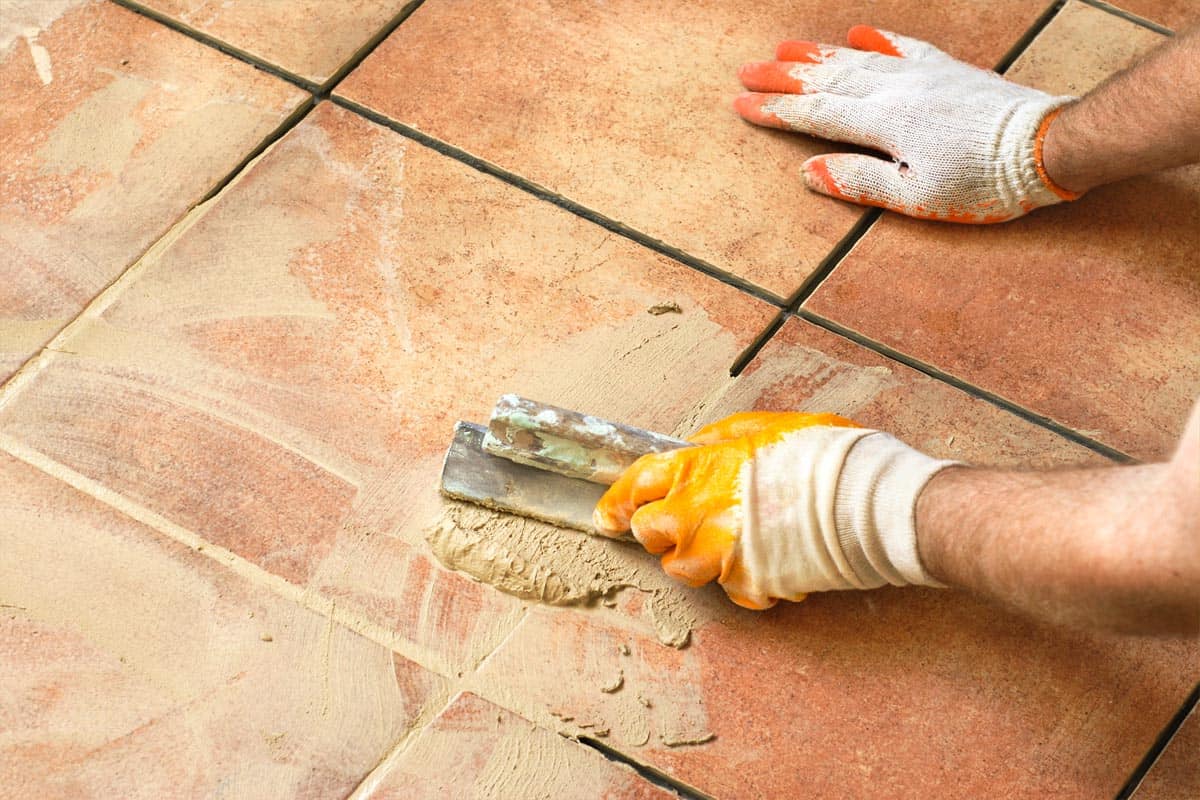

0 thoughts on “How To Waterproof Outdoor Tiles”